There were no results found for your filters.
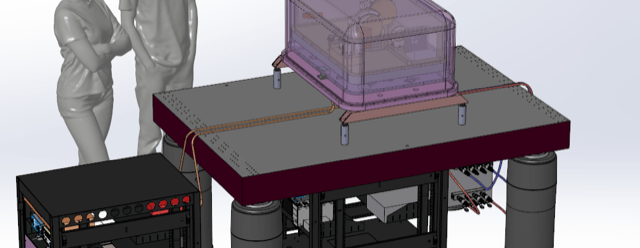
HISPEC (High-resolution Infrared Spectrograph for Exoplanet Characterization) is a new high-resolution (R>100,000) near-infrared (NIR) diffraction- limited spectrograph operating between 1 – 2.5 μm. HISPEC will reside on the Keck II telescope and will optimally utilize Keck’s powerful adaptive optics (AO) system. The AO system couples starlight into single-mode fibers, thereby suppressing modal noise affecting multi-mode […]
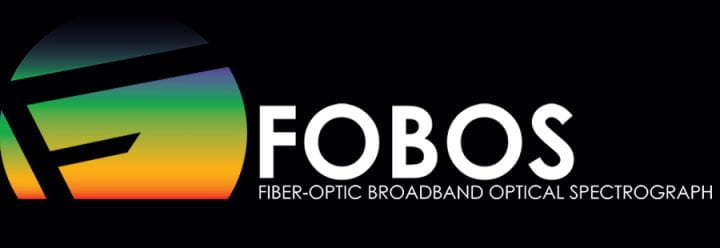
FOBOS will be one of Keck Observatory’s flagship instruments of the next decade. Its ability to collect extremely sensitive spectroscopy for 1800 stars or galaxies simultaneously will ensure Keck’s leading role in the coming era of “Big Data Astronomy.” With Vera Rubin Observatory’s LSST and the Roman Space Telescope soon providing panoramic imaging of billions […]
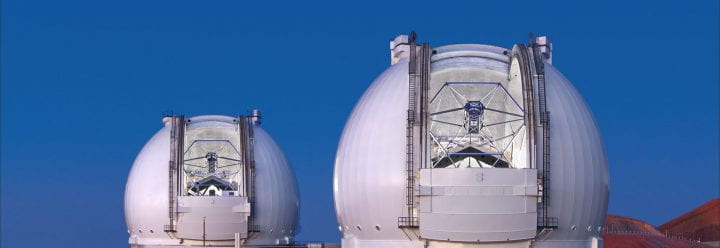
Liger is a revolutionary, next generation adaptive optics-fed integral field spectrograph (IFS) and imaging camera for the W. M. Keck Observatory. The moniker Liger refers to the hybrid offspring from a lion and tiger, as the instrument originated by coupling design and prototyping efforts of WMKO AO instruments and the Thirty Meter Telescope IRIS instrument. […]

Even as we continue the essential work of exoplanet discovery, we must also continue to look to the future in this field: direct imaging and characterization. Our abilities to uncover ever-expanding insights are within grasp. SCALES is an instrument designed to maximize our ability at W.M. Keck Observatory to detect and characterize directly-imaged planets by […]
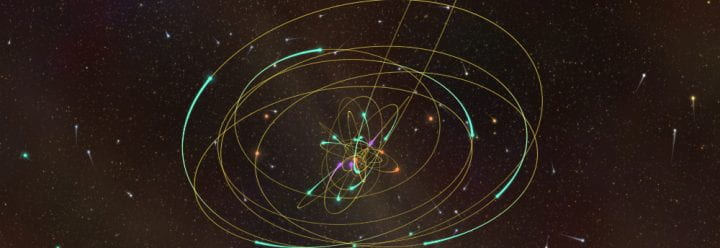
The Galactic Center Group (GCG) is dedicated to researching the innermost regions of the Milky Way at the highest angular resolution possible in order to understand the formation and evolution of galaxies and their central massive black holes. Congratulations to Dr. Andrea Ghez on your 2020 Nobel Prize in Physics!

A dedicated 0.5-m telescope and novel instrument that saw first light in November 2020 at Lick Observatory. The instrument is designed to observe Solar System planets as if they are exoplanets. PEAS observations in combination with theoretical modeling will help to inform the next generation of instruments designed to characterize exoplanets.
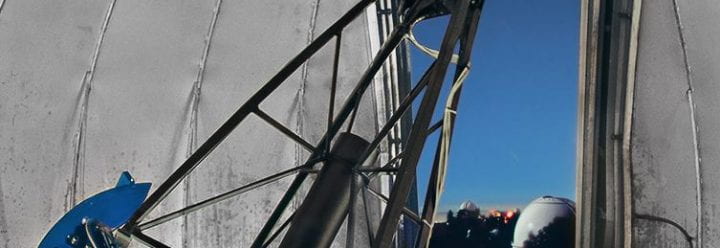
LICK OBSERVATORY The Katzman Automatic Imaging Telescope (KAIT) is an entirely robotic telescope dedicated to the search for supernovae and the monitoring of celestial objects. It is a 76 cm diameter reflecting telescope equipped with a CCD camera and automatic guider. Astronomers and telecsope technicians have programmed KAIT to look for supernovae every night of […]
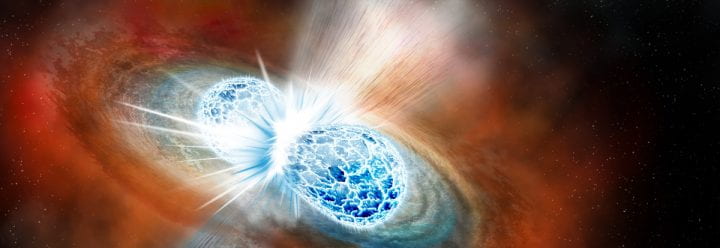
DARTS is a low-resolution spectrograph for transient astrophysics at Lick Observatory. Astrophysical transients like supernovae have a broad range of applications from the discovery of the accelerated expansion of the Universe to counterparts to gravitational wave sources. There are a wide variety of transients, and spectra are key to understanding them. New surveys are discovering […]

PANOSETI is designed to detect any optical (visible light) transient phenomena. These transient events could be bursts of light lasting from a nanosecond (a billionth of a second!) to seconds. There are a range of compact astrophysics objects — merging black holes and neutron stars, supernova events, accreting supermassive black holes — that could potentially […]

Multi-Objective Diffraction-limited High-Resolution Infrared Spectrograph (MODHIS) MODHIS is a diffraction-limited high-resolution infrared facility for TMT-NFIRAOS. The notional concept features a very compact and stable spectrograph and cost-effective design built to fully exploit the existing NFIRAOS infrastructure and boost the scientific reach of TMT after first light. MODHIS is based on the latest diffraction-limited single-mode fiber injection, detector, […]

IRIS (InfraRed Imaging Spectrograph) is the first light instrument designed to work with the adaptive optics system (NFIRAOS) for the Thirty Meter Telescope (TMT). IRIS offers a powerful ensuite instrument with both a near-infrared imager an integral field spectrograph (IFS) optimized to work at the diffration limit of this giant telescope. The IFS will provide […]
